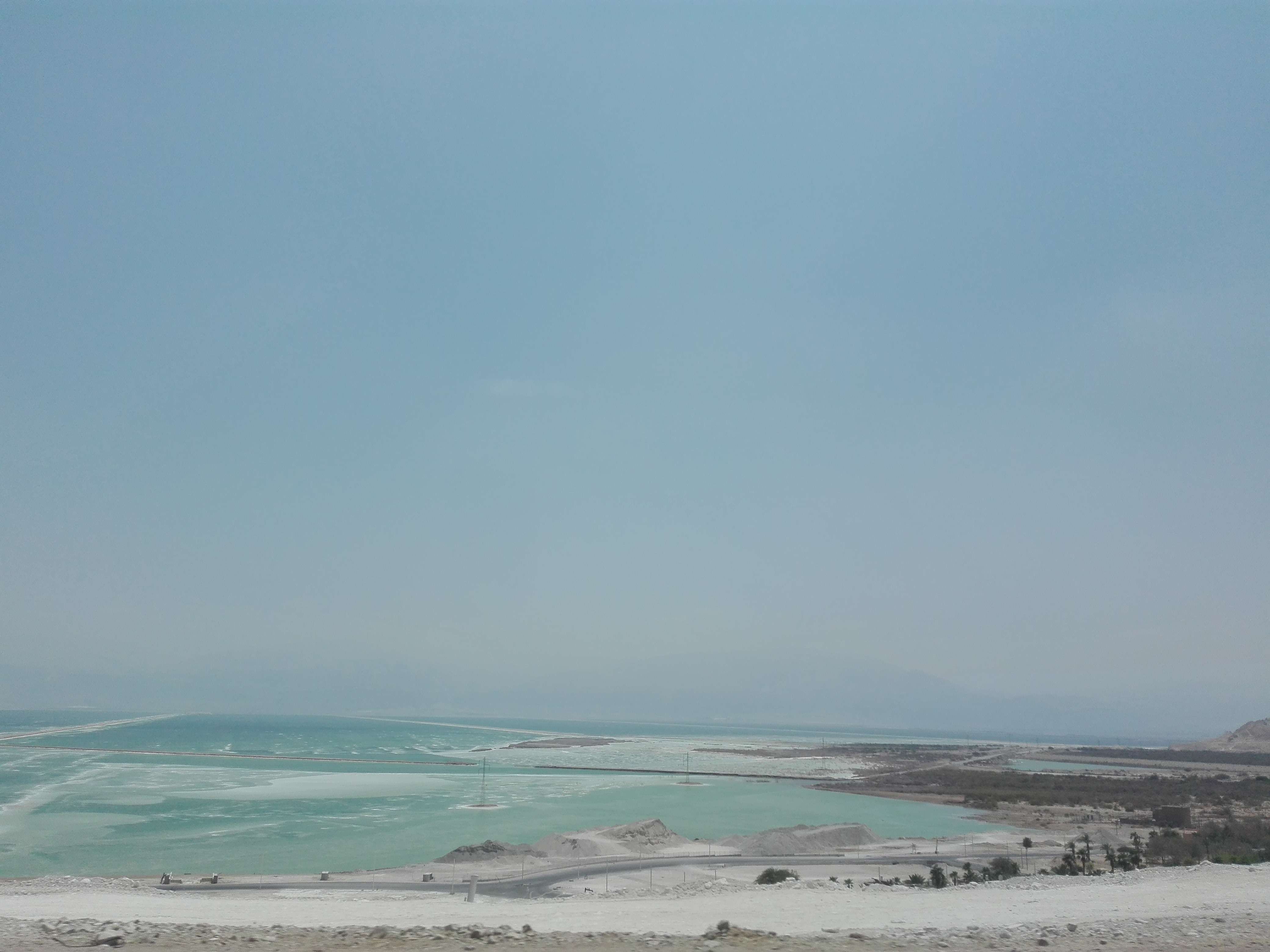
17 Nov Day 7: Giving life to the Dead Sea
The sunrise with no filter: it looked like Zion, represented in a painting
How can you explain the sunrise? How can you explain it to someone who have never seen something so beautiful at the point that it cannot be described? To date we have available so many smartphones with high definition cameras and we can easily share on social networks sunrise photos, very often modified with a filter to make them more beautiful and representing all parts of the world. But when phones were not existing and we couldn’t use filters to make our photos more attractive, how could you make others understand what a sunrise looks like? How could you transfer its magic? In that instant, at 5 o’ clock in the morning, just when I was watching the sun rising in the large Israeli desert, I asked myself this question. The sunrise is pure, like Zion, described as the promised land of Israel. The answer is not univocal and resides within each of us: we can interpret it, describe it, paint it, picture it, but the emotion that we get while we watching is live is something special: a fascinating slowness that brings together all who are observing it.
Next to the other young people, I was feeling really well; watching them smiling because of the amazement for that magical event, was really a unique moment.
We have tasted that moment for a little bit more than half an hour and, going back to our tent still fascinated by the sunrise, we went to have breakfast: maybe one of the most relaxing moments of the day since, while eating, we were chatting and joking.
Following breakfast, as we did the previous days, we got our backpack ready, and we started leading towards the Dead Sea. We didn’t really know what to expect as this type of sea doesn’t exist in other parts of the world.
Feeling sleepy due to the very few, though good, hours of sleep, we got to the shore of the Dead Sea at ‘En Boqueq, and immediately we woke up at the sight of this extraordinary very salty sea. After wearing our swimming costumes and laid down onto the sand our beach towels we realised how that place was so different compared to the Italian shores we are used to: as soon as we got into the water we realised that it was warmer and saltier than expected. However, with a bottle of spring water we managed to solve the issue of the burning salty spurts in the eyes. Due to the water density caused by the salt, flouting was really easy. It was a weird but pleasant and funny feeling. What surprised me the most though, was when I turned myself, while I was floating in this salty sea: the beauty of this place was not limited to the sea, but the landscape around it. Would you expect a desertic landscape right beside the sea? That was an astonishing sight: once got off the water, as good tourists, we scattered our bodies with clay coming from the sea. Beside having phytoteraphic properties, clay is also known for purifying the skin. Finally, to end our touristic journey to the Dead Sea, we took pictures of ourselves while reading the newspaper and floating on the sea. Washed and dressed up, we got on the bus to have lunch and we drove back to Tel Aviv.
In the afternoon, back to LEAD office in a skyscraper in Tel Aviv, we returned to our host families to spend with them the rest of the day. This was the first time we were not spending the afternoon together but having the chance of staying with the host families. Spending the evening immersed in the local traditions was a good way to better understand the Israeli culture from all its sides. It was interesting to us but to them too as, thanks to the cultural comparison we discovered many things in common, actually more things in common than what we had expected. Some of us tried to even bring a piece of Italy to Israel, teaching some of our culinary traditions to the host families. It was a very valuable moment that made us united even more than before.
